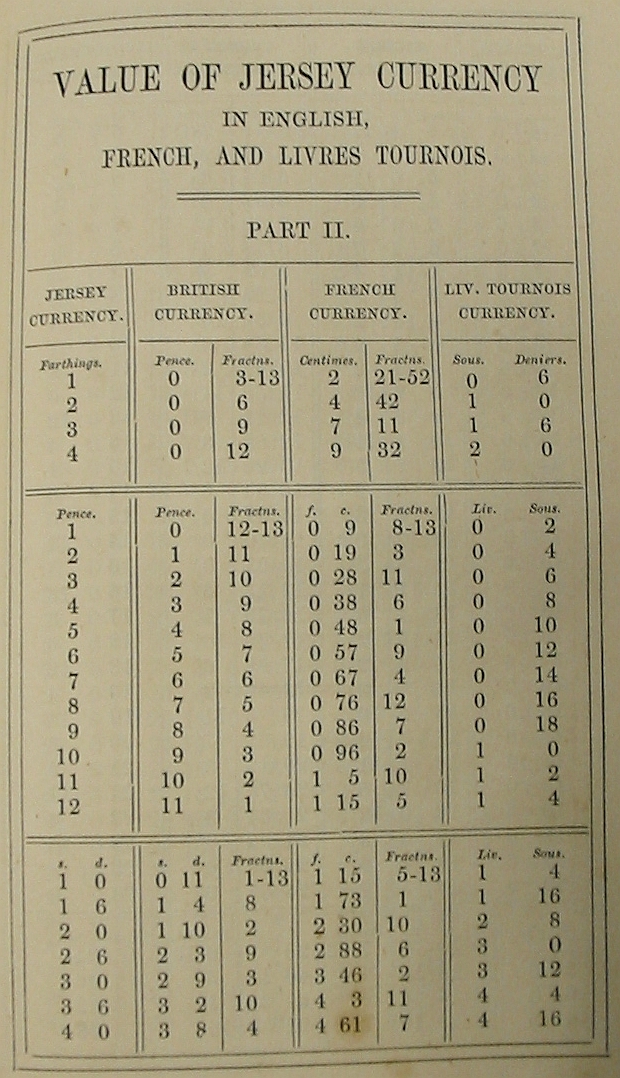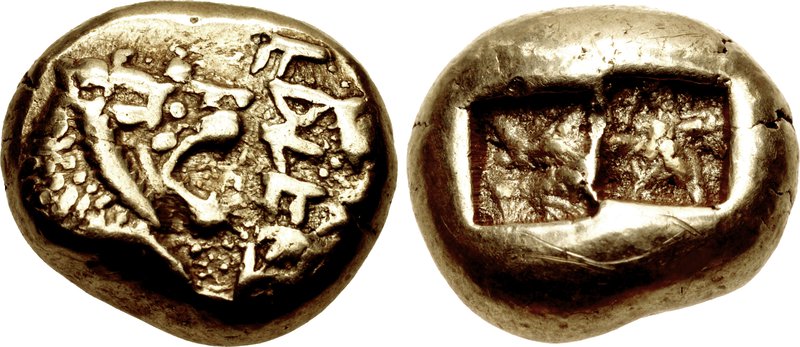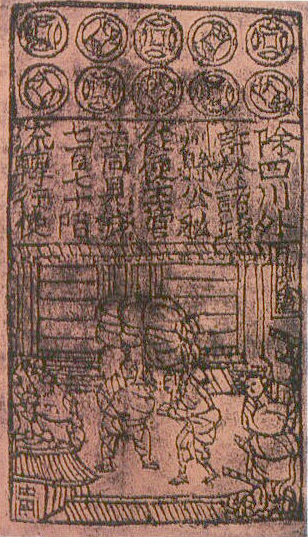|
Alderney Pound
The island of Alderney has its own currency, which by law must be pegged to that of the United Kingdom (see pound sterling). Schedule 2 of the Government of Alderney Law provides that the States of Alderney may, by Ordinance, prescribe "the legal currency and denominations of the legal currency, so however that that currency, and those denominations shall be the same in Alderney as in the United Kingdom; and prescribing those notes and coins the tender of which is a legal tender of the payment of money". In normal use in Alderney, Guernsey and Bank of England banknotes and coins circulate side by side year round, while in the summer tourist season, Jersey notes and coins are also common, as well as Scottish and occasionally even Manx or Northern Irish notes. Coins Alderney coins are widely available to collectors but not in general circulation. Since 1989, Alderney has issued occasional commemorative coins of £1, £2 or £5 face value in cupro-nickel, silver or gold. Bankno ... [...More Info...] [...Related Items...] OR: [Wikipedia] [Google] [Baidu] |
Penny
A penny is a coin ( pennies) or a unit of currency (pl. pence) in various countries. Borrowed from the Carolingian denarius (hence its former abbreviation d.), it is usually the smallest denomination within a currency system. Presently, it is the formal name of the British penny ( p) and the ''de facto'' name of the American one-cent coin (abbr. ¢) as well as the informal Irish designation of the 1 cent euro coin (abbr. c). It is the informal name of the cent unit of account in Canada, although one-cent coins are no longer minted there. The name is used in reference to various historical currencies, also derived from the Carolingian system, such as the French denier and the German pfennig. It may also be informally used to refer to any similar smallest-denomination coin, such as the euro cent or Chinese fen. The Carolingian penny was originally a 0.940-fine silver coin, weighing pound. It was adopted by Offa of Mercia and other English kings and remaine ... [...More Info...] [...Related Items...] OR: [Wikipedia] [Google] [Baidu] |
Jersey Pound
The pound (french: Livre de Jersey, Jèrriais: Louis de Jersey; abbreviation: JEP; sign: £) is the currency of Jersey. Jersey is in currency union with the United Kingdom, and the Jersey pound is not a separate currency but is an issue of banknotes and coins by the States of Jersey denominated in sterling, in a similar way to the banknotes issued in Scotland and Northern Ireland (see Banknotes of the pound sterling). It can be exchanged at par with other sterling coinage and notes (see also '' sterling zone''). ISO 4217 does not include a separate currency code for the Jersey pound, the abbreviation "JEP" may be used if distinction from sterling is desired. Both Jersey and Bank of England notes are legal tender in Jersey and circulate together, alongside the Guernsey pound and Scottish banknotes. The Jersey notes are not legal tender in the United Kingdom and unlike Scottish and Northern Irish banknotes are not authorised by the British Parliament as legal currency in the ... [...More Info...] [...Related Items...] OR: [Wikipedia] [Google] [Baidu] |
Currencies Of The Channel Islands
A currency, "in circulation", from la, currens, -entis, literally meaning "running" or "traversing" is a standardization of money in any form, in use or circulation as a medium of exchange, for example banknotes and coins. A more general definition is that a currency is a ''system of money'' in common use within a specific environment over time, especially for people in a nation state. Under this definition, the British Pound Sterling (£), euros (€), Japanese yen (¥), and U.S. dollars (US$)) are examples of (government-issued) fiat currencies. Currencies may act as stores of value and be traded between nations in foreign exchange markets, which determine the relative values of the different currencies. Currencies in this sense are either chosen by users or decreed by governments, and each type has limited boundaries of acceptance - i.e. legal tender laws may require a particular unit of account for payments to government agencies. Other definitions of the term "curren ... [...More Info...] [...Related Items...] OR: [Wikipedia] [Google] [Baidu] |
Currencies Of The Commonwealth Of Nations
A currency, "in circulation", from la, currens, -entis, literally meaning "running" or "traversing" is a standardization of money in any form, in use or circulation as a medium of exchange, for example banknotes and coins. A more general definition is that a currency is a ''system of money'' in common use within a specific environment over time, especially for people in a nation state. Under this definition, the British Pound Sterling (£), euros (€), Japanese yen (¥), and U.S. dollars (US$)) are examples of (government-issued) fiat currencies. Currencies may act as stores of value and be traded between nations in foreign exchange markets, which determine the relative values of the different currencies. Currencies in this sense are either chosen by users or decreed by governments, and each type has limited boundaries of acceptance - i.e. legal tender laws may require a particular unit of account for payments to government agencies. Other definitions of the term "currency ... [...More Info...] [...Related Items...] OR: [Wikipedia] [Google] [Baidu] |
Currencies Of The British Empire
A currency, "in circulation", from la, currens, -entis, literally meaning "running" or "traversing" is a standardization of money in any form, in use or circulation as a medium of exchange, for example banknotes and coins. A more general definition is that a currency is a ''system of money'' in common use within a specific environment over time, especially for people in a nation state. Under this definition, the British Pound Sterling (£), euros (€), Japanese yen (¥), and U.S. dollars (US$)) are examples of (government-issued) fiat currencies. Currencies may act as stores of value and be traded between nations in foreign exchange markets, which determine the relative values of the different currencies. Currencies in this sense are either chosen by users or decreed by governments, and each type has limited boundaries of acceptance - i.e. legal tender laws may require a particular unit of account for payments to government agencies. Other definitions of the term "currency ... [...More Info...] [...Related Items...] OR: [Wikipedia] [Google] [Baidu] |
Cupro-nickel
Cupronickel or copper-nickel (CuNi) is an alloy of copper that contains nickel and strengthening elements, such as iron and manganese. The copper content typically varies from 60 to 90 percent. (Monel is a nickel-copper alloy that contains a minimum of 52 percent nickel.) Despite its high copper content, cupronickel is silver in colour. Cupronickel is highly resistant to corrosion by salt water, and is therefore used for piping, heat exchangers and condensers in seawater systems, as well as for marine hardware. It is sometimes used for the propellers, propeller shafts, and hulls of high-quality boats. Other uses include military equipment and chemical, petrochemical, and electrical industries. Another common 20th-century use of cupronickel was silver-coloured coins. For this use, the typical alloy has 3:1 copper to nickel ratio, with very small amounts of manganese. In the past, true silver coins were debased with cupronickel, such as coins of the pound sterling from 1947 onwa ... [...More Info...] [...Related Items...] OR: [Wikipedia] [Google] [Baidu] |
Northern Ireland Banknotes
Banknotes have been issued for use specifically in Northern Ireland since 1929, and are denominated in Pound sterling, pounds sterling. They are legal currency, but technically not legal tender anywhere (including Northern Ireland itself). This is not uncommon as most bank notes are not recognised as tender. However, the banknotes are still widely accepted as currency by larger merchants and institutions elsewhere in the United Kingdom. Issuing banks have been granted legal rights to issue currency, and back the notes with deposits at the Bank of England. The issuing of banknotes in Northern Ireland is regulated by the Currency and Bank Notes Act 1928, the Coinage Act 1971, Banknotes (Ireland) Act 1864 (c. 78), Banknotes (Ireland) Act 1920 (c. 24), Bankers (Ireland) Act 1845, Bankers (Northern Ireland) Act 1928 (c. 15), among others. Pursuant to some of these statutes, His Majesty's Revenue and Customs (HMRC) publishes in the ''Belfast Gazette'' an account of "the Amount of Notes ... [...More Info...] [...Related Items...] OR: [Wikipedia] [Google] [Baidu] |
Manx Pound
The pound (; abbreviation: IMP; sign: £) is the currency of the Isle of Man, at parity with sterling. The Manx pound is divided into 100 pence. Notes and coins, denominated in pounds and pence, are issued by the Isle of Man Government. Parity with sterling The Isle of Man is in a one-sided ''de facto'' currency union with the United Kingdom: the Manx government has decided to make sterling currency legal tender on the island, and to back its own notes and coins with Bank of England notes. Manx government notes may, on demand, be exchanged at par for Bank of England notes of equivalent value at any office of the Isle of Man Bank. All notes and coins that are legal tender in any part of the United Kingdom (e.g. Bank of England notes) are legal tender within the Isle of Man. Unlike Northern Irish and Scottish notes, the UK does not require the Isle of Man government to back the Manx notes and coins with Bank of England notes or securities. There is no restriction under Brit ... [...More Info...] [...Related Items...] OR: [Wikipedia] [Google] [Baidu] |
Scottish Banknotes
Banknotes of Scotland are the banknotes of the pound sterling that are issued by three Scottish retail banks and in circulation in Scotland. The issuing of banknotes by retail banks in Scotland is subject to the Banking Act 2009, which repealed all earlier legislation under which banknote issuance was regulated, and the Scottish and Northern Ireland Banknote Regulations 2009. Currently, three retail banks are allowed to print notes for circulation in Scotland: Bank of Scotland, Royal Bank of Scotland, and Clydesdale Bank. Scottish banknotes are unusual, first because they are issued by retail banks, not government central banks, and second, because they are technically not legal tender anywhere in the United Kingdom – not even in Scotland, where in law no banknotes even those issued by the Bank of England are defined as legal tender. Formally, they are classified as promissory notes, and the law requires that the issuing banks hold a sum of Bank of England banknotes or gold ... [...More Info...] [...Related Items...] OR: [Wikipedia] [Google] [Baidu] |
Bank Of England
The Bank of England is the central bank of the United Kingdom and the model on which most modern central banks have been based. Established in 1694 to act as the English Government's banker, and still one of the bankers for the Government of the United Kingdom, it is the world's eighth-oldest bank. It was privately owned by stockholders from its foundation in 1694 until it was nationalised in 1946 by the Attlee ministry. The Bank became an independent public organisation in 1998, wholly owned by the Treasury Solicitor on behalf of the government, with a mandate to support the economic policies of the government of the day, but independence in maintaining price stability. The Bank is one of eight banks authorised to issue banknotes in the United Kingdom, has a monopoly on the issue of banknotes in England and Wales, and regulates the issue of banknotes by commercial banks in Scotland and Northern Ireland. The Bank's Monetary Policy Committee has devolved responsibility for ... [...More Info...] [...Related Items...] OR: [Wikipedia] [Google] [Baidu] |
Pound Sterling
Sterling (abbreviation: stg; Other spelling styles, such as STG and Stg, are also seen. ISO code: GBP) is the currency of the United Kingdom and nine of its associated territories. The pound ( sign: £) is the main unit of sterling, and the word "pound" is also used to refer to the British currency generally, often qualified in international contexts as the British pound or the pound sterling. Sterling is the world's oldest currency that is still in use and that has been in continuous use since its inception. It is currently the fourth most-traded currency in the foreign exchange market, after the United States dollar, the euro, and the Japanese yen. Together with those three currencies and Renminbi, it forms the basket of currencies which calculate the value of IMF special drawing rights. As of mid-2021, sterling is also the fourth most-held reserve currency in global reserves. The Bank of England is the central bank for sterling, issuing its own banknotes, and ... [...More Info...] [...Related Items...] OR: [Wikipedia] [Google] [Baidu] |
Guernsey Pound
The pound is the currency of Guernsey. Since 1921, Guernsey has been in currency union with the United Kingdom and the Guernsey pound is not a separate currency but is a local issue of sterling banknotes and coins, in a similar way to the banknotes issued in Scotland, England and Northern Ireland (see Banknotes of the pound sterling). It can be exchanged at par with other sterling coinage and notes (see also sterling area). For this reason, ISO 4217 does not include a separate currency code for the Guernsey pound, when distinction from sterling is desired the abbreviation GGP may be used. History Until the early 19th century, Guernsey used predominantly French currency. Coins of the French livre were legal tender until 1834, with French francs used until 1921. In 1830, Guernsey began production of copper coins denominated in ''doubles''. The double was worth of a French franc. The name "double" derived from the French "double deniers", although the value of the coin was equ ... [...More Info...] [...Related Items...] OR: [Wikipedia] [Google] [Baidu] |
.jpg)







